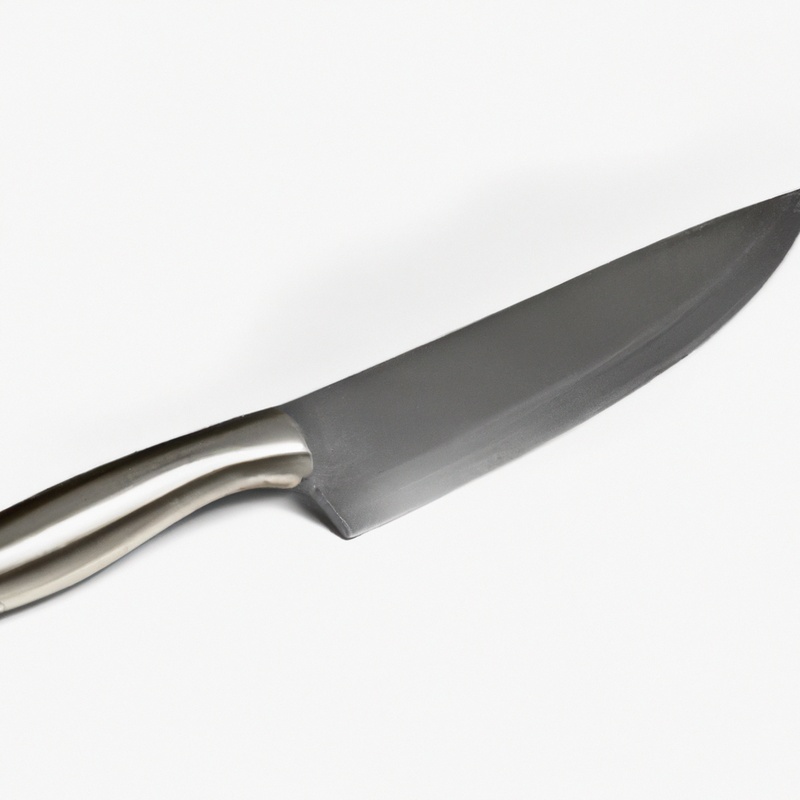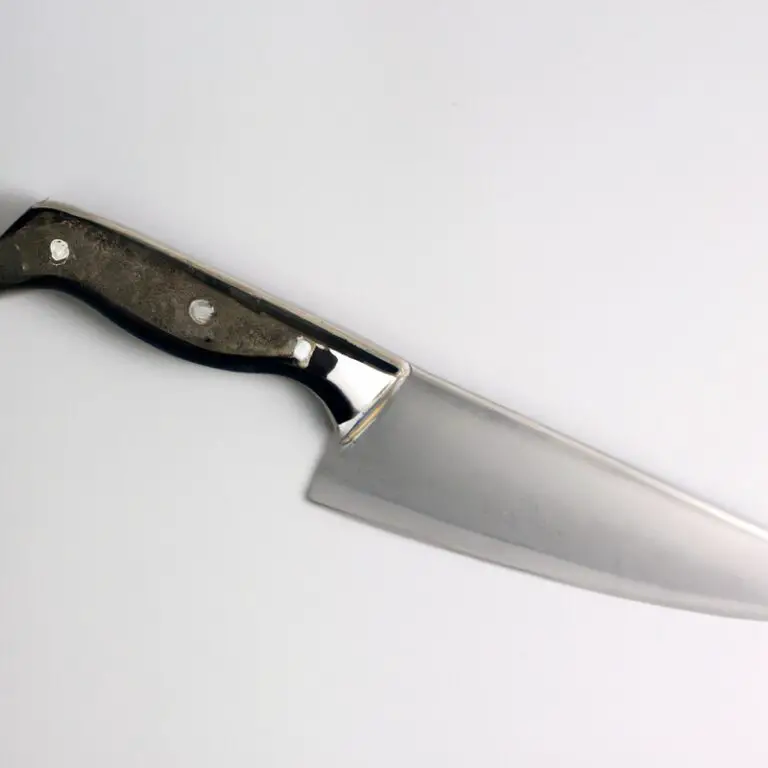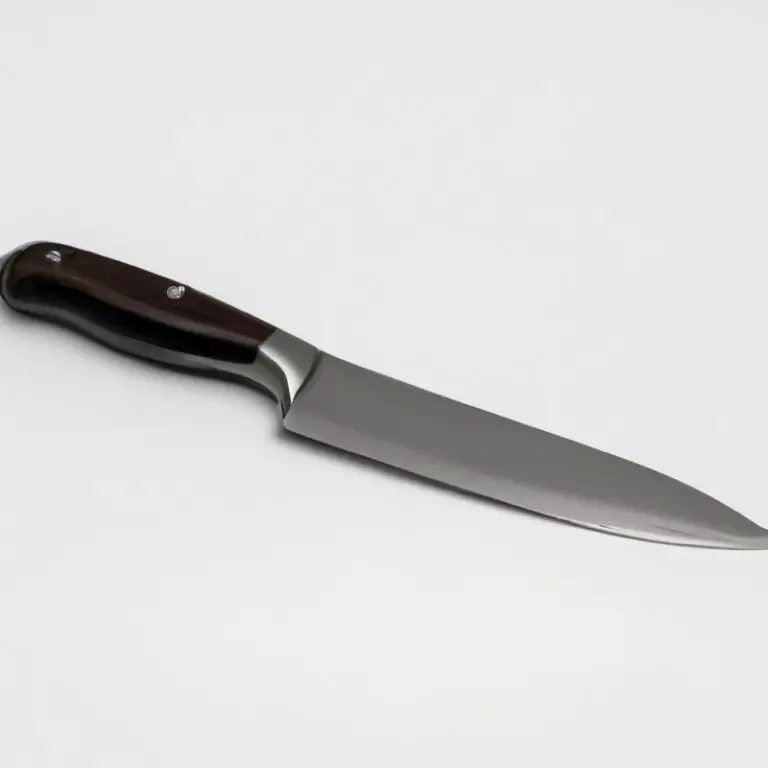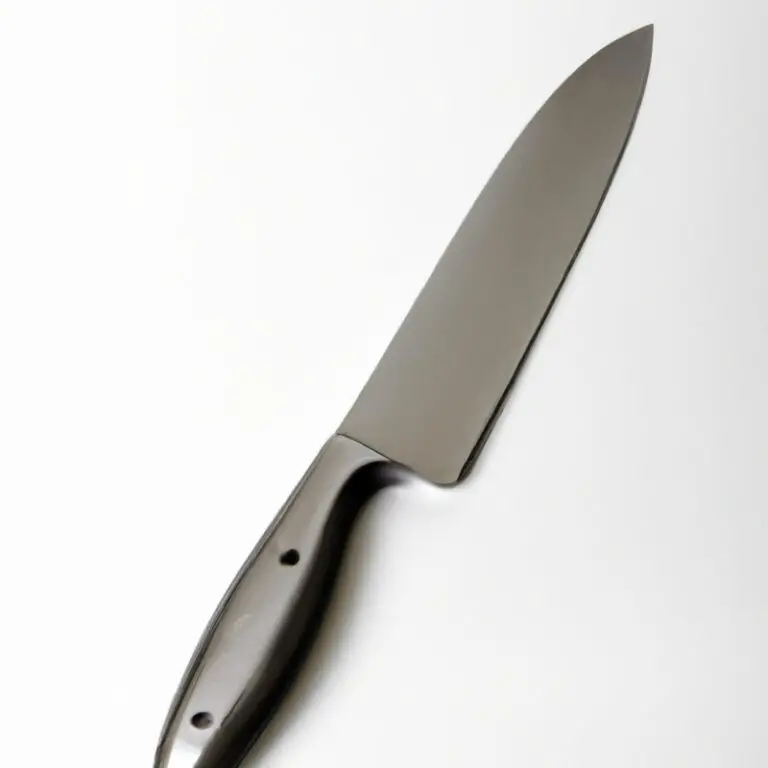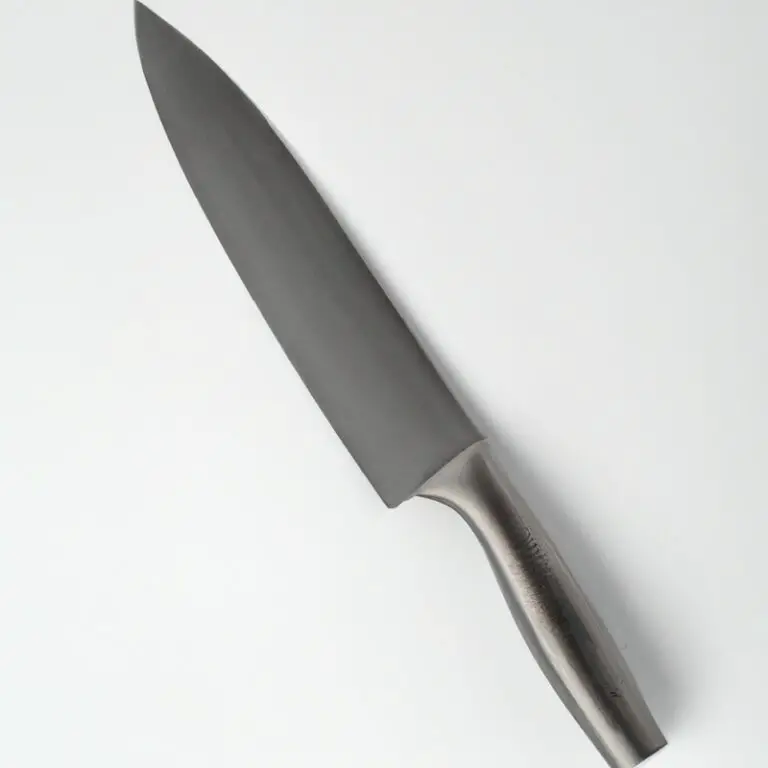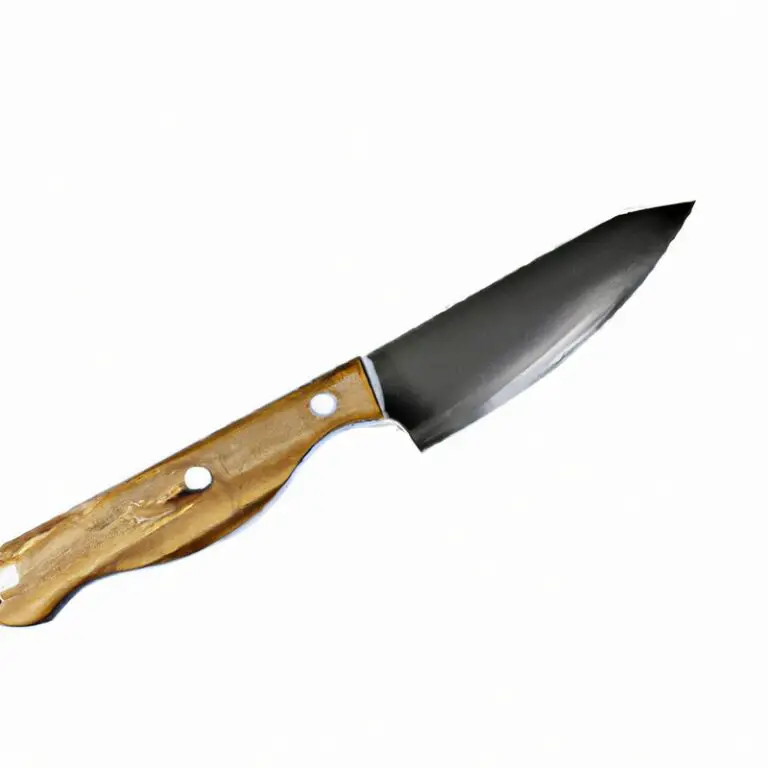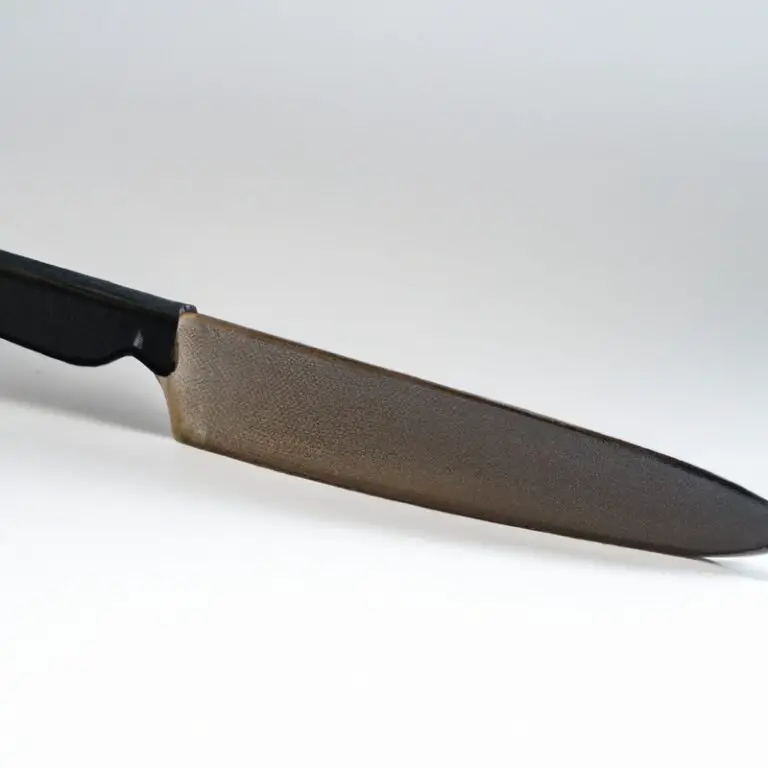How To Clean And Maintain a Fillet Knife Like a Pro?
Key Takeaways:
- Proper cleaning and maintenance of fillet knives is crucial for maintaining their sharpness and longevity.
- Always use a gentle, non-abrasive cleaner and dry the blade immediately to prevent oxidation or rust.
- Regular sharpening and honing of the blade can help to maintain its cutting performance and prevent damage to the blade.
- Store the knife in a safe and dry location, preferably with a blade guard or sheath, to prevent damage or injury.
Fillet knives are essential tools for any fishing enthusiast or professional chef. To keep them in top shape, it’s crucial to clean and maintain them properly.
Not only does this ensure that your fillet knife performs optimally, but it also prolongs its lifespan.
In this article, I’ll be sharing with you the necessary tools for cleaning and maintaining your fillet knife, along with the step-by-step process to do so. We’ll also cover proper storage techniques, DIY solutions, and when to replace your fillet knife.
By following these best practices, you’ll keep your fillet knife razor-sharp and corrosion-free for years to come.
| Steps | Frequency | |
| 1. | Clean the blade with warm soapy water and a soft cloth | After every use |
| 2. | Use a sharpening stone to sharpen the blade if needed | As needed |
| 3. | Apply a thin layer of oil to the blade to prevent rust | After cleaning and before storing |
| 4. | Store the knife in a dry, safe place | After cleaning and oiling |
| 5. | Inspect the knife for any damage or wear | Regularly |
| 6. | Replace worn or damaged parts as needed | As needed |
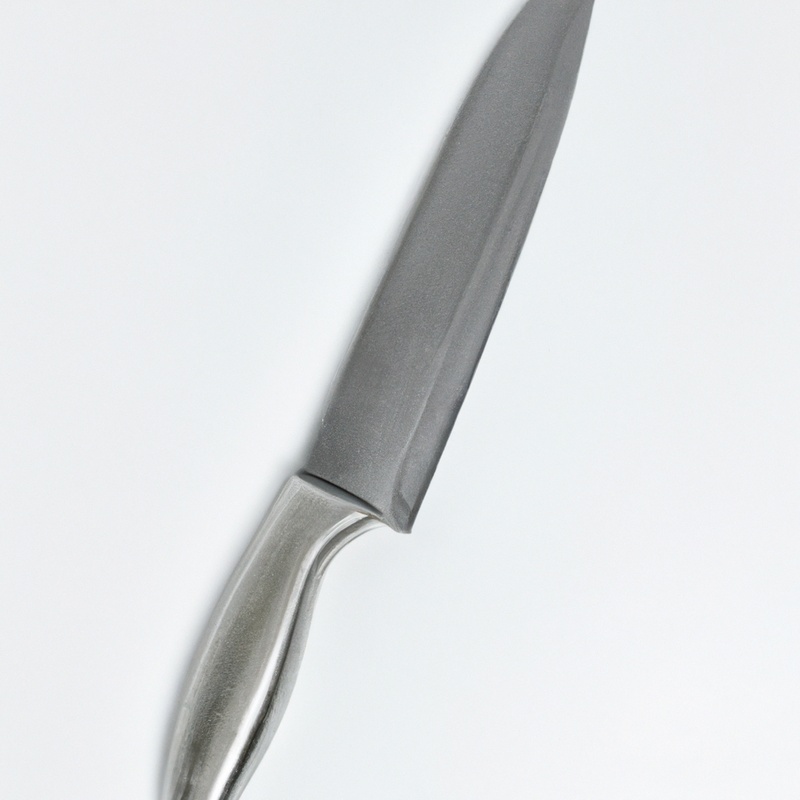
Why cleaning and maintaining your fillet knife is important
Cleaning and maintaining your fillet knife is important for several reasons:
- Hygiene: A dirty knife can harbor harmful bacteria, which can contaminate your food and potentially lead to food poisoning.
- Performance: A well-maintained knife will perform better and last longer. Regular cleaning and sharpening will ensure that your knife is always sharp and functioning correctly.
- Safety: A dull or damaged blade is dangerous, as it can slip and cause an injury. Regular maintenance will ensure that your knife is in good condition and safe to use.
In summary, regular cleaning and maintenance of your fillet knife is essential for hygiene, performance, and safety reasons. It’s a simple but crucial task that will ensure your knife remains in top condition and lasts for years to come.
Tools required for cleaning and maintaining your fillet knife
To properly clean and maintain your fillet knife, you need a few basic tools:
- Soft-bristled brush: Use a soft-bristled brush to scrub any debris or dirt off the blade and handle of the knife.
- Mild soap: Use a mild soap or dishwashing liquid to clean the blade. Avoid using abrasive cleaners as they could damage the blade.
- Water: Use lukewarm water for cleaning the knife, and ensure it’s completely dry before storing it.
- Honing rod or sharpening stone: To maintain the sharpness of the blade, use either a honing rod or sharpening stone regularly.
- Rust eraser or oil: Use a rust eraser to remove any rust spots from the blade. Alternatively, you can use oil to keep the blade lubricated and prevent rust.
- Cloth or towel: Use a dry and clean cloth or towel to wipe the blade and handle after cleaning and before storing your fillet knife.
By having these tools readily available, you can properly clean and maintain your fillet knife, ensuring a longer lifespan and better performance.
Step-by-step guide on how to clean a fillet knife
Step-by-step guide on how to clean a fillet knife:
- Begin by rinsing off the excess debris and food particles from the knife blade with warm water.
- Fill a bowl or sink with hot soapy water and immerse the blade in it for a few minutes.
- Using a soft-bristled brush or sponge, gently scrub the blade to remove any persistent stains or dirt.
- Rinse the knife under running water to remove any soap residue and dry it thoroughly with a clean towel.
- For extra protection, apply a few drops of a food-grade lubricant or oil to the blade to prevent rust and corrosion.
- Finally, store the knife in a dry and secure location, away from any moisture or humidity.
Remember to never put your fillet knife in the dishwasher, use abrasive cleaning materials, or leave it soaking in water for an extended period. Proper cleaning and maintenance can extend the functional life of your fillet knife and ensure that it performs at its best.
How to sharpen your fillet knife for better performance
To sharpen your fillet knife, you’ll need a sharpening stone or rod. Hold the knife at a 20-degree angle against the stone or rod and swipe it across the blade in a sweeping motion, starting from the base of the blade to the tip.
Repeat several times on both sides until you achieve the desired sharpness.
Test the sharpness on a piece of paper or produce. Remember to frequently clean the stone or rod to prevent buildup.
Sharpen your fillet knife regularly to ensure optimal performance and avoid accidents.
Protecting your fillet knife from rust and corrosion
To protect your fillet knife from rust and corrosion, it’s essential to keep it dry and clean after each use. Wipe it down with a dry cloth, and avoid leaving it in damp or wet environments for extended periods.
Additionally, consider coating the blade with a rust inhibitor or oil to prevent moisture from oxidizing the metal.
Proper storage is also critical, preferably in a sheath or blade cover to shield the knife’s edge from dust and other elements. Lastly, ensure your fillet knife is made of high-quality materials that are less prone to rust and corrosion.
Proper storage and transportation of your fillet knife
Proper storage and transportation of your fillet knife are crucial for maintaining its longevity and preventing damage. When storing your fillet knife, make sure it is clean and completely dry to prevent rust or corrosion.
It is best to store your fillet knife in a knife sheath or blade guard to protect the blade and yourself from accidental cuts.
Avoid storing your fillet knife in a damp or humid area as moisture can lead to rusting. Instead, choose a dry area with good air circulation to store your fillet knife.
When transporting your fillet knife, make sure it is properly secured to prevent any damage to the blade or injuries while carrying it.
Use a sheath or blade guard to cover the blade, and store it in a designated knife roll or case. Transporting your fillet knife in a checked bag when traveling is also an option, but it is essential to check the airline’s rules and regulations regarding knives and blade length.
In summary, proper storage and transportation of your fillet knife involves keeping it clean, dry, and in a protective sheath or blade guard.
This practice will ensure your fillet knife remains in excellent condition for longer and reduces the risk of any injuries while handling it.
How often should you clean and maintain your fillet knife
To ensure you get the most out of your fillet knife, it is recommended that you clean and maintain it after every use. This not only helps to prevent rust and corrosion, but it also ensures that the blade is always sharp and ready for its next use.
Additionally, regular cleaning and maintenance can increase the overall lifespan of your fillet knife.
Remember to also properly store and transport your fillet knife to avoid any damage or accidents.
DIY solutions for cleaning and maintaining your fillet knife
There are several simple DIY solutions for cleaning and maintaining your fillet knife. One effective cleaning solution is warm water mixed with dish soap.
After rinsing your knife with warm water, gently scrub it using the dish soap solution and a soft-bristled brush.
Make sure to dry it completely to prevent rust and corrosion. Another DIY cleaning solution involves using white vinegar.
Soak a cloth in vinegar and then gently wipe your knife with it.
This solution is effective in removing stubborn stains and odors from the blade. To maintain the sharpness of your fillet knife, regularly use a honing steel.
This tool is perfect for straightening and realigning your blade’s edge.
You can also use a sharpening stone to sharpen your fillet knife. Proper storage is also essential in maintaining your fillet knife.
Keep it in a dry and well-ventilated area, away from moisture and direct sunlight.
It is also important to store it in a sheath or blade cover to protect it from damage and potential accidents. By using these easy-to-follow DIY solutions, you can effectively clean and maintain your fillet knife, ensuring its longevity and optimum performance.
When to replace your fillet knife
It’s important to replace your fillet knife when it begins to show signs of wear and tear. A dull or damaged blade can not only lead to a poor filleting experience but can also be dangerous.
Signs that it’s time to replace your fillet knife include:
- Significant dulling of the blade: If your fillet knife struggles to make clean cuts through fish or other proteins, it may be time for a new one. A dull blade not only makes filleting more difficult but also increases the risk of injury.
- Damage to the blade: Cracks, chips, or other damage to the blade can make it difficult to use and may even break off during use, causing injury.
- Corrosion: Prolonged exposure to moisture or poor storage can cause corrosion on the blade. If you notice rust or other signs of corrosion, it’s best to replace the knife to avoid any food contamination risks.
- Loose handle or blade: A loose handle or blade can also be dangerous during use and indicates that it’s time for a replacement.
Replacing a fillet knife should not be delayed beyond its useful lifespan to ensure optimal performance, superior safety, and maximum efficiency.
Tips for safe use of a fillet knife during cleaning and maintenance
When handling a fillet knife during cleaning and maintenance, it’s crucial to prioritize safety. Here are a few tips to keep in mind:
- Always clean and maintain your fillet knife in a well-lit area to avoid accidents.
- Wear gloves to prevent cuts to your hands while cleaning and scrubbing the knife.
- Use mild, non-abrasive soap and a soft cloth or sponge to clean the blade.
- Avoid excess force when wiping the knife to prevent accidentally cutting yourself.
- Dry the blade thoroughly after cleaning to prevent rust and corrosion.
- When sharpening your fillet knife, ensure that the blade is firmly secured to the sharpener to avoid accidents.
- Use the appropriate sharpening angle for your fillet knife.
By following these tips, you can confidently clean and maintain your fillet knife while also prioritizing safety.
Best practices for cleaning and maintaining your fillet knife
Best practices for cleaning and maintaining your fillet knife include:
- Hand wash your knife with warm, soapy water immediately after use and dry it completely.
- Avoid using abrasive scrubbers or harsh chemicals on your knife as it can cause damage.
- Keep the blade dry and oiled to prevent rust and corrosion.
- Sharpen your knife regularly for better performance.
- Use a storage sheath or protective cover to prevent damage to the blade.
- Do not attempt to clean the inside of the handle or the mechanical parts, as it can result in damage to the knife.
By following these best practices, your fillet knife will stay in good working condition for a long time.
Final thoughts on fillet knife care and maintenance
To conclude, fillet knife care and maintenance are crucial for maximizing blade longevity and performance. Always clean and dry your knife after use, and maintain a sharp edge using a honing rod or sharpening stone.
Protecting your knife from rust and corrosion is also important, so invest in a rust inhibitor or store your knife in a dry environment.
Properly storing and transporting your knife will prevent damage and prolong its lifespan. Remember to clean and maintain your fillet knife regularly to avoid potential safety hazards and ensure optimal performance.
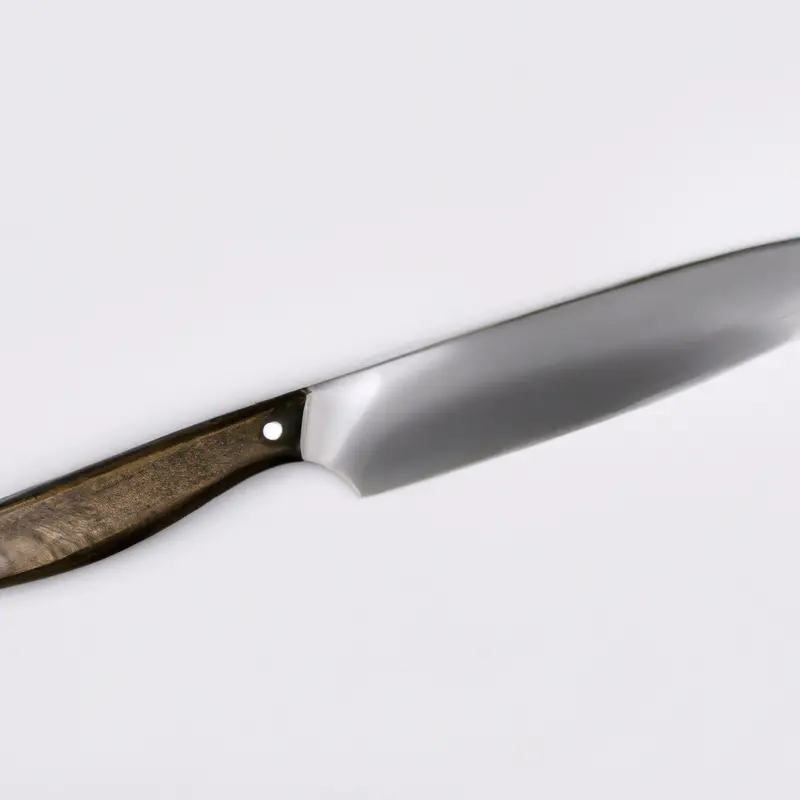
Final Verdict
Properly cleaning and maintaining your fillet knife is a crucial step towards ensuring optimal performance and longevity. By following the steps outlined in this guide, you can effectively remove debris, protect against rust and corrosion, and maintain a sharp and durable blade.
Always remember to use caution and take safety measures when handling a fillet knife, and to promptly replace it when it shows signs of wear and tear.
By implementing the best practices for fillet knife care and maintenance, you can trust in the reliability and effectiveness of your tool for countless fishing excursions to come.

